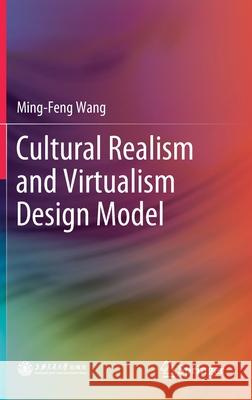Cultural Realism and Virtualism Design Model » książka
topmenu
Cultural Realism and Virtualism Design Model
ISBN-13: 9789811522703 / Angielski / Twarda / 2020 / 153 str.
Cultural Realism and Virtualism Design Model
ISBN-13: 9789811522703 / Angielski / Twarda / 2020 / 153 str.
cena 201,72
(netto: 192,11 VAT: 5%)
Najniższa cena z 30 dni: 192,74
(netto: 192,11 VAT: 5%)
Najniższa cena z 30 dni: 192,74
Termin realizacji zamówienia:
ok. 22 dni roboczych
Dostawa w 2026 r.
ok. 22 dni roboczych
Dostawa w 2026 r.
Darmowa dostawa!
Kategorie:
Kategorie BISAC:
Wydawca:
Springer
Język:
Angielski
ISBN-13:
9789811522703
Rok wydania:
2020
Dostępne języki:
Ilość stron:
153
Waga:
0.41 kg
Wymiary:
23.39 x 15.6 x 1.12
Oprawa:
Twarda
Dodatkowe informacje:
Wydanie ilustrowane











